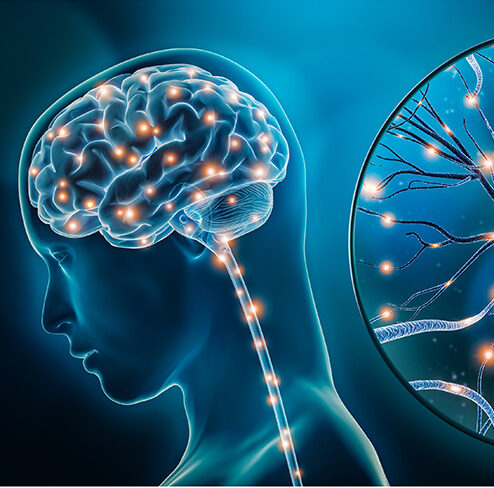Have Any Questions?
+91 77 9849 9977
Visit Us At
103, Shivom Regency, Baner Rd, Pune
+91 77 9849 9977
103, Shivom Regency, Baner Rd, Pune
The term itself refers to a subfield of neuroscience that studies the biological processes that underlie human cognition. This field studies the neural connections within the human brain. It helps in determining how the brain achieves the functions it performs. Cognitive neuroscience is considered a cross-disciplinary field because it combines the biological sciences with the behavioral sciences. Neuroscience research technology, like neuroimaging, can provide insight into specific areas of behavior when behavioral data is insufficient.


Examining cognitive neuroscience experiments is helpful to understand this subfield at work. A recent award-winning experiment explored the role of dopamine, a neurotransmitter associated with feelings of satisfaction, brain function, and decision making. Humans need to be able to make decisions that benefit them to survive. When we make a decision that results in a reward, the activity level of dopamine neurons increases — and eventually this response happens even in anticipation of a reward.
This biological process is why we seek greater and greater rewards, such as promotions or degrees, as a higher number of rewards are linked with a higher chance of survival. Decision-making is an example of a biological process that influences cognitive processes.
Cognitive neuroscience has emerged over the past decades as one of the most significant research directions in all of neuroscience and psychology. More recently, the scientific interface between cognitive neuroscience and human development, developmental cognitive neuroscience, has become a hot topic. Part of the reason for the renewed interest in relating brain development to cognitive, social, and emotional change comes from advances in methodology that allow hypotheses to be generated and tested more readily than previously. One set of tools relates to brain imaging – the generation of ‘functional’ maps of brain activity based on either changes in cerebral metabolism, blood flow, or electrical activity. The three brain-imaging techniques most commonly applied to development in normal children are event-related potentials (ERPs), functional magnetic resonance imaging (fMRI), and near infrared spectroscopy (NIRS). Another methodological advance is related to the emergence of techniques for formal computational modeling of neural networks and cognitive processes. Such models allow us to begin to bridge data on developmental neuroanatomy to data on behavioral changes associated with development. A third methodological innovation is the increasing trend for studying groups of developmental disorders (such as autism and Williams syndrome) together alongside typical development. Thus, rather than each syndrome being studied in isolation, comparisons between different typical and atypical trajectories of development are helping to reveal the extent and limits on plasticity.
Cognitive science is the scientific study of thought, learning, and the human mind. It is an interdisciplinary field that combines ideas and methods from neuroscience, neuropsychology, psychology, computer science, linguistics, and philosophy. It draws from the research developments in neuroscience. The broad goal of cognitive science is to characterize the nature of human knowledge – its forms and content – and how that knowledge is used, processed and acquired. It spans many levels of analysis, from low-level learning and decision mechanisms to high-level logic and planning; from neural circuitry to modular brain organization.
Neuroscience is the scientific study of the nervous system. It developed as a branch of biology, but quickly grew into an interdisciplinary field drawing from disciplines such as psychology, computer science, statistics, physics, philosophy, and medicine. The scope of neuroscience has broadened. It now includes different approaches used to study the molecular, developmental, structural, functional, evolutionary, medical, and computational models of the nervous system.

Mail Your Resume At : drpriyankaneuro13@gmail.com